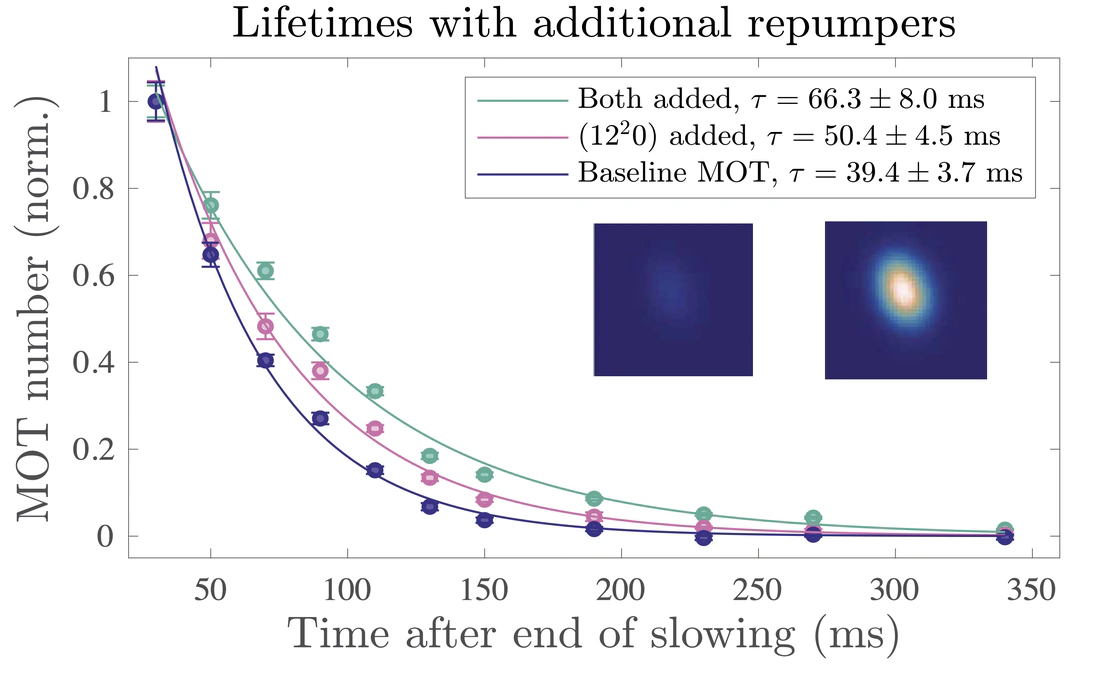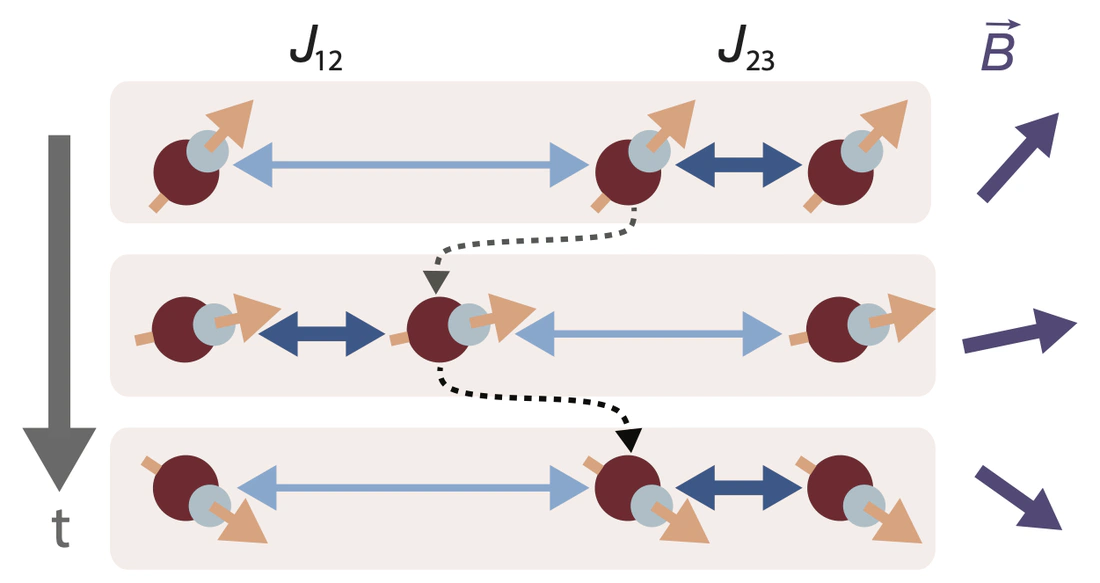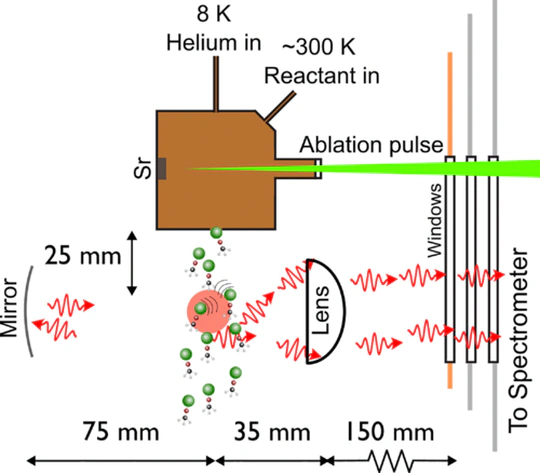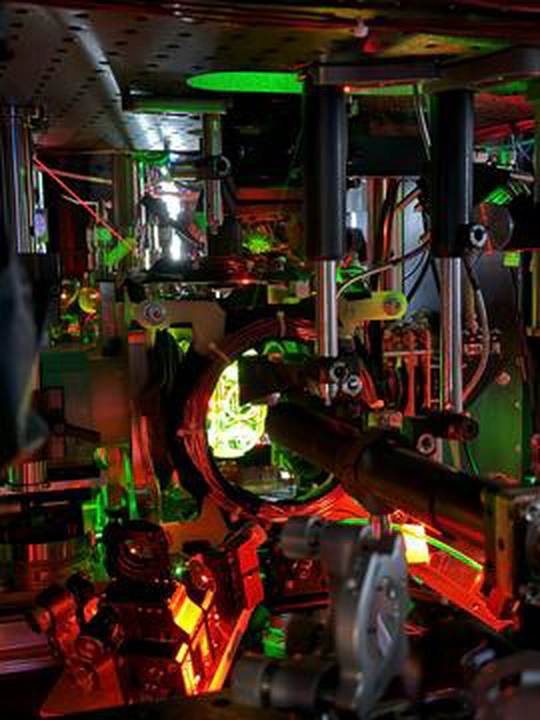Recent Preprints

Hyperfine-Resolved Spectroscopy of Dysprosium Monoxide (DyO) for Precision Measurements of the Nuclear Schiff Moment
We perform laser spectroscopy of dysprosium monoxide (DyO) to determine the hyperfine structure of the ground X8 and excited [17.1]7 …

High-sensitivity molecular spectroscopy of SrOH using magneto-optical trapping
Polyatomic molecules are projected to be powerful tools in searches for physics beyond the Standard Model (BSM), including new …

Parity-Doublet Coherence Times in Optically Trapped Polyatomic Molecules
Polyatomic molecules provide complex internal structures that are ideal for applications in quantum information science, quantum …

Optical Trapping of SrOH Molecules for Dark Matter and T-violation Searches
We report an optical dipole trap of strontium monohydroxide (SrOH) with 1400(300) trapped molecules. Through optical pumping, we access …

Control of Dipolar Dynamics by Geometrical Programming
We propose and theoretically analyze methods for quantum many-body control through geometric reshaping of molecular tweezer arrays. …
Popular Articles
Paper by Alex and Zack (with collaborator Lan Cheng) has been featured in Editor’s Suggestion on PRA.
The authors explore candidates for a next-generation search for the electron electric dipole moment (eEDM) by experimentally measuring the vibrational loss channels in three Sr-containing nonlinear molecules. They conclude that SrNH2 is the optimal choice for a future laser-cooled molecule-based eEDM experiment.
Our results on an optical tweezer array of ultracold polyatomic molecules demonstrate control of polyatomic molecules (CaOH) at the single particle, single internal quantum state level. The ability to create and manipulate tweezer arrays of polyatomic molecules paves the way for a variety of experiments harnessing the rich structure of these molecules, including quantum simulation, quantum computation, and precision studies of ultracold collisions and chemistry. Check out popular news coverage of this work in Physics World and Phys.org. Also see the Nature Research Briefing on this article.
December 2023: Our results on dipolar spin-exchange and entanglement between molecules in an optical tweezer array demonstrate entangling a pair of single CaF molecules using dipolar interaction. This observation opens the possibility of using molecular tweezer array as a platform for quantum computations and quantum simulations. The manuscript is published back-to-back with the work from Lawrence Cheuk’s group. Check out popular news coverage of this work in Physics Today, Nature News and Science Perspective.


